Supplement Spotlight #6: Citrus Bergamot
The metabolic potential of Calabria's rare citrus
Bergamot's been popularized as a fragrance for hundreds of years now. Colognes. Essential oils. Perfumes. And well before that as an aromatic component to Earl Grey tea. But a use case that’s not as well-known and even more powerful (as we'll see) is its utility as a metabolic optimization tool. That’s the focus of this week’s spotlight.
What we’ll cover:
What is citrus bergamot?
How it works
Benefits (as seen through the latest research)
Protocol
Brands I trust
What is Citrus Bergamot?
Citrus bergamot (Citrus bergamia) is a hybrid fruit of bitter orange (Citrus aurantium) & lemon (Citrus limon). A couple characteristics make it unique to its component fruits individually: 1) the abundance of oil glands on the peel (giving it its aromatic properties) & 2) its distinct combination of polyphenols (what we’ll be focused on).
History
Bergamot's history traces back to 17th century Italy when it was used as an immunity elixir treating fevers, respiratory illnesses, & skin diseases. In the mid 1600s, an Italian Jesuit & botanist Giovanni Battista Ferrari first described the distinctive aroma of the citrus bergamot fruit in his seminal work Hesperides. By 1686, Francis Procopius introduced “Bergamot water” - a refined aromatherapy - to French nobility. For the past three centuries, bergamot has commonly been used as an essential oil for many perfumes & colognes.

Global Production
Today, more than 90% of global production comes from the Ionian coastal belt - specifically in the province of Reggio di Calabria - characterized by a climate of mild winters, warm/humid summers, & fertile/mineral-rich soil. The total area spans only ~1,500 hectares with smaller farms (~2 - 30 hectares) spread throughout much of the region.
While secondary production areas exist in Turkey, Tunisia, & Ivory Coast, they struggle to replicate the specific conditions needed for the bergamot fruit to thrive in its cultivation. This becomes critical when sourcing the purest bergamot products.
Chemical Composition
As a fruit, bergamot has 3 main components: 1) monoterpene hydrocarbons, 2) coumarins, & 3) polyphenols. For metabolic optimization, we’re focused on the fruit’s polyphenols - responsible for driving its primary mechanisms. Bergamot supplements used for metabolic purposes are typically concentrated from its juice or peel polyphenols through a hydroalcoholic extraction process.
Bergamot's metabolic-enhancing properties derive from its high concentrations of flavanone glycosides & HMG-derivatives.
Glycosides
Bergamot’s flavonoid profile is made up of three primary glycosides:
Neoeriocitrin: Upregulates LDL receptor expression reducing LDL-C oxidation
Naringin: Inhibits intestinal acyl-CoA cholesterol acyltransferase (ACAT) reducing cholesterol absorption in the intestines
Neohesperidin: Enhances AMPK phosphorylation improving insulin sensitivity & fat oxidation
HMG-Derivatives
Brutieridin & melitidin are flavonoid derivatives with HMG-CoA reductase inhibitory potential. Containing high concentrations of 3-hydroxy-3-methylglutaric acid, these compounds are structurally similar to statins yet differ slightly in their mechanistic actions.
We’ll get into how the interplay of these bioactive compounds work to provide citrus bergamot its robust metabolic effects next.
Mechanisms of Action
If you’re less interested in how citrus bergamot functions mechanistically, skip down to the next section - “Health Benefits”. But I’ll keep this section to a cursory overview of the main mechanisms regarding how citrus bergamot acts on the body.
HMG-CoA Reductase Downregulation
Despite having a chemical structure similar to statin drugs, the mechanism for bergamot differs. Rather than directly blocking HMGCR, HMG-derivatives (brutieridin & melitidin) function by downregulating the expression of HMGR. Thus, this action reduces overall cholesterol synthesis.
AMP-Activated Protein Kinase (AMPK) Activation
AMPK is the body’s metabolic command center sensing when energy levels are low & acting like a energy switch. It’s also a strong influence in how much fat our body stores.
Naringin in bergamot flips the AMPK switch on reducing PCSK9 (a protein that normally destroys LDL receptors) & increasing LDLR (receptors that remove LDL cholesterol from blood). Combined, these mechanisms reduce new triglyceride production & increase our ability to tap into fat stores for energy.
Pancreatic Cholesterol Ester Hydrolase (pCEH) Inhibition
Most dietary cholesterol we consume is in a “locked” form - meaning our bodies can’t absorb it directly. Hence, why we have pCEH. pCEH is a digestive enzyme produced by the pancreas that breaks the bond between free cholesterol & fatty acids allowing the free cholesterol to enter the bloodstream.
The bergamot compounds come into play by blocking the active site on pCEH preventing the enzymatic reaction to occur in the first place. As a result, we get less free cholesterol into the blood & more cholesterol is passed through the digestive system to eventually be excreted in stool.
Antioxidant Effects Preventing LDL Oxidation
When it comes to mainstream lipidology, we get a simplified narrative of “LDL - bad” and the story typically stops there. However, there’s nuance to this.
When LDL gets oxidized, these cholesterol particles change shape and enable them to more easily get trapped in arterial walls. As this plaque accumulates, blood flow is reduced leading to the development of cardiovascular disease.
Citrus bergamot ameliorates this case via its polyphenols like naringin & neoerioctrin donating electrons to neutralize free radicals before damaging LDL. This antioxidant activity reduces the expression of certain proteins like lectin-like oxidized low-density lipoprotein receptor-1 (LOX-1) decreasing inflammation & oxidative stress that would otherwise manifest.
Health Benefits
Metabolic Health
The most robust evidence to bergamot's general metabolic efficacy comes in the form of this well-designed study published in 2019 - a 3-month randomized, double-blind, placebo-controlled trial. 52 subjects completed the trial in an assigned group: bergamot (650 mg daily), bergamot (1,300 mg daily), & a placebo.
The bergamot groups demonstrated significant improvements across multiple metabolic & cardiovascular biomarkers:
Reduced fasting blood glucose by 12.1% (low) & 18% (high)
Reduced triglycerides by 27.1% (low) & 31.9% (high)
Increased HDL-C by 10.9% (low) & 26.4% (high)
Reduced LDL-C by 30.4% (low) & 41.4% (high)
Reduced atherogenic index of plasma (AIP) by 41.3% (low) & 57.8% (high)
Reduced levels of insulin resistance by 7.2% (low) & 18.1% (high)
The most interesting result of this trial? All effects were dose-dependent → the more bergamot, the more powerful the metabolic optimization.
Visceral Fat/Lipids
A 12-week, randomized, placebo-controlled trial involved 64 overweight/obese subjects in poor metabolic condition. Following 30 days of supplementation, the bergamot phytosome group receiving 500 mg 2x daily demonstrated significant decreases relative to the placebo group in:
Visceral fat by 12.4%
ApoB by 4.0%
LDL-C by 5.4%
In a similar trial, 60 overweight adults were divided into a placebo group & a supplement group receiving a 600 mg bergamot phytosome/100 mg artichoke leaf extract. Following the two-month period, the bergamot group again demonstrated improvements across multiple biomarkers: reductions in LDL-C, visceral fat, & waist circumference and an increase in HDL-C.
Mood/Stress
In a two-week placebo-controlled, randomized, crossover trial, 48 college students used either bergamot spray or placebo spray before sleeping & after waking. The bergamot group showed significant improvements across three subjective categories:
Improved mood upon waking
Reduced depressive symptoms & stress
Anxiety
In a clinical trial, 60 subjects set to have their gallbladders removed were divided into a treatment & control group. The treatment group receiving aromatherapy with two drops of 3% bergamot orange essence showed significant improvements in anxiety levels & salivary alpha amylase (proxy for stress) following the intervention.
Cognition
20 schizophrenic patients in an 8-week trial were administered 1 g of citrus bergamot supplement. Researchers assessed cognitive function with multiple standardized tests - Wisconsin Card Sorting Test (WCST), Verbal Fluency Tasks, & the Stroop Color Word Test. Subjects demonstrated significant improvements in WCST & semantic fluency.
Note: Such a study should be held with a high level of skepticism & regarded as a low level of overall evidence for this use case. Improvements in the single cohort may have been subject to a placebo effect to which the researchers did not control for.
Protocol
Now that we’ve seen some of the stronger use cases, we’re ready to build our protocol based off of the evidence.
Dosage: 1,000 - 1,350 mg daily - split into 2x dosages
Timing: Taken in early AM with breakfast & last meal in PM
Biomarkers to monitor citrus bergamot’s efficacy after 12 weeks:
LDL-C
ApoB
Triglycerides
HDL-C
HbA1c
Fasting blood glucose
Reputable Sources
As is typical of the supplement industry today, scams are more commonplace than authentic, pure products so let’s navigate this space diligently.
Specific aspects to look for in a citrus bergamot supplement:
Bergamot Polyphenolic Fraction (BPF) → This is the gold standard (i.e. most robust set of clinical evidence)
Calabrian origin
Derived through molecular filtration or ultrafiltration
Total flavonoid content (40% - 50%)
Some of my favorite brands meeting this criteria:
**BergaMet Citrus Bergamot - Pro+ (1,350 mg)** (Phys overall value pick)
Cost = $62.95 (30 servings)
*BergaMet Citrus Bergamot - Mega+O (1,200 mg)* (Phys overall pick)
Cost = $22.45 (30 servings)
Cost = $25.95 (30 servings)
We’re more bullish than ever on the future here. As always, stay healthy & we’ll see you next week.
Your friend,
BTP
***Disclaimer: The information provided by BowTiedPhys is for educational purposes only. This content is not intended to be a substitute for professional medical advice, diagnosis, or treatment of any kind. BowTiedPhys is not a licensed medical provider. Prior to making any changes to your health protocols, consult a licensed healthcare professional. Some of the links in this post may be affiliate links - BowTiedPhys may earn a commission at no additional cost to you. This commission helps support our work and allows us to continue providing valuable content to our valued subscription members.***







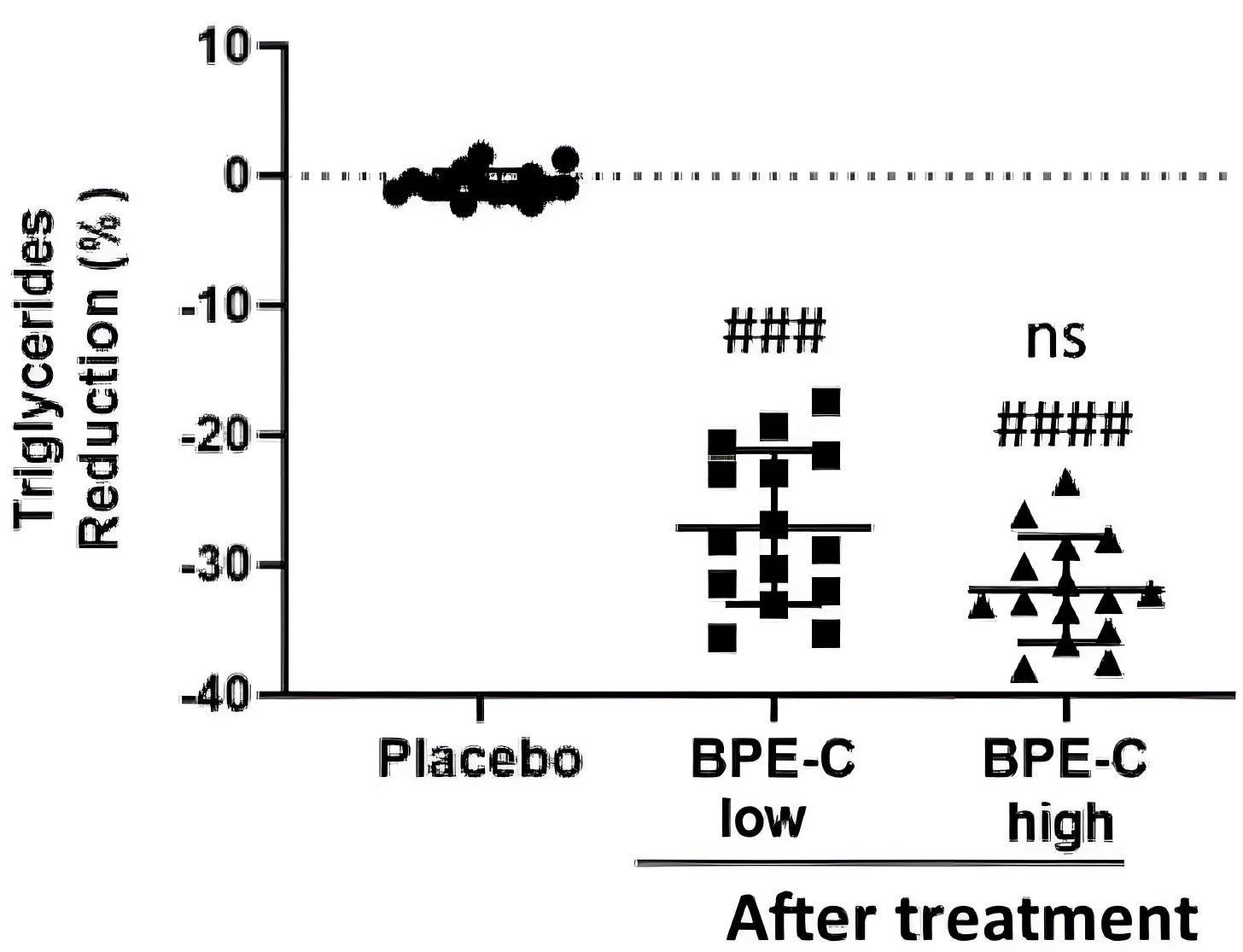


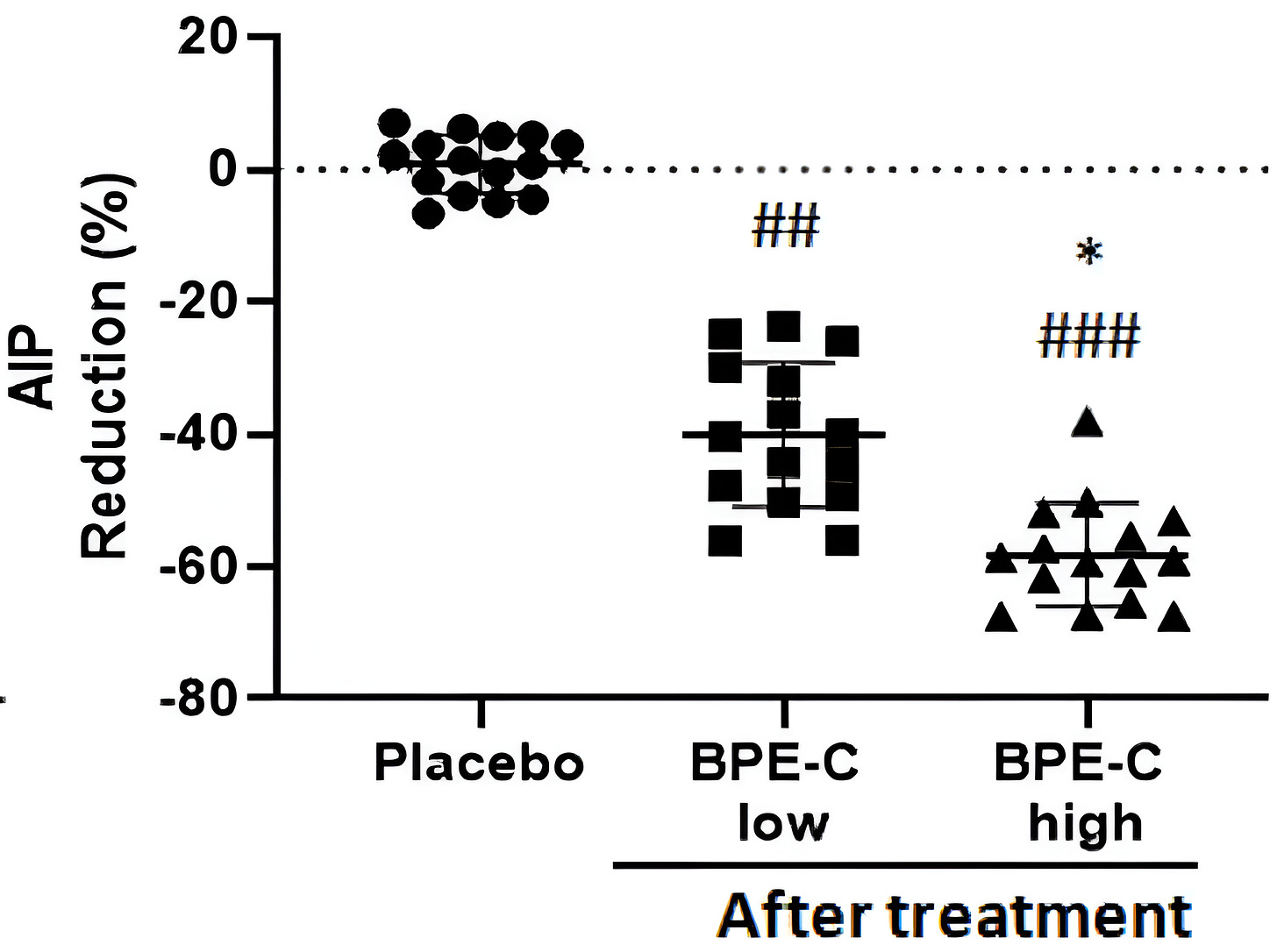

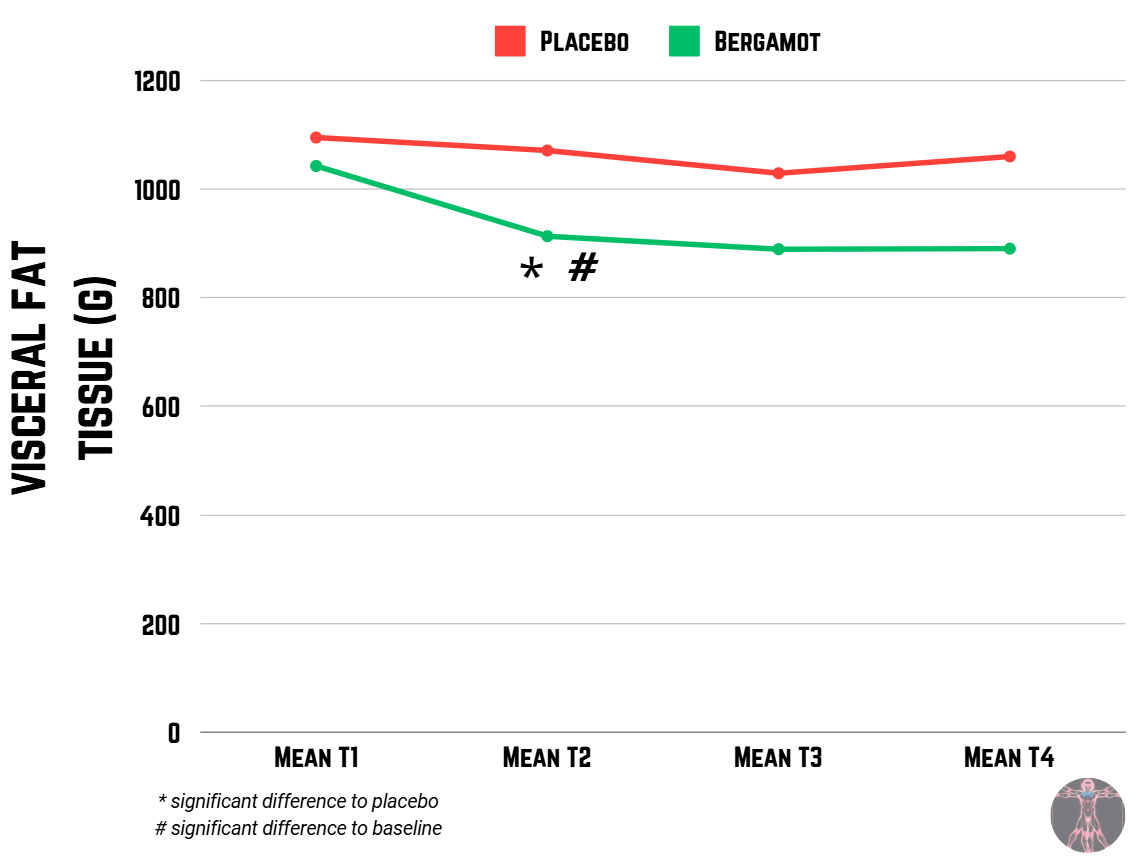





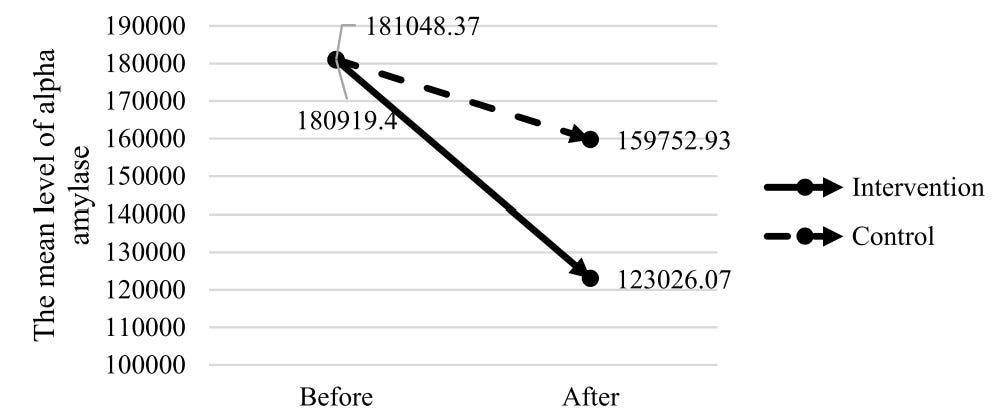

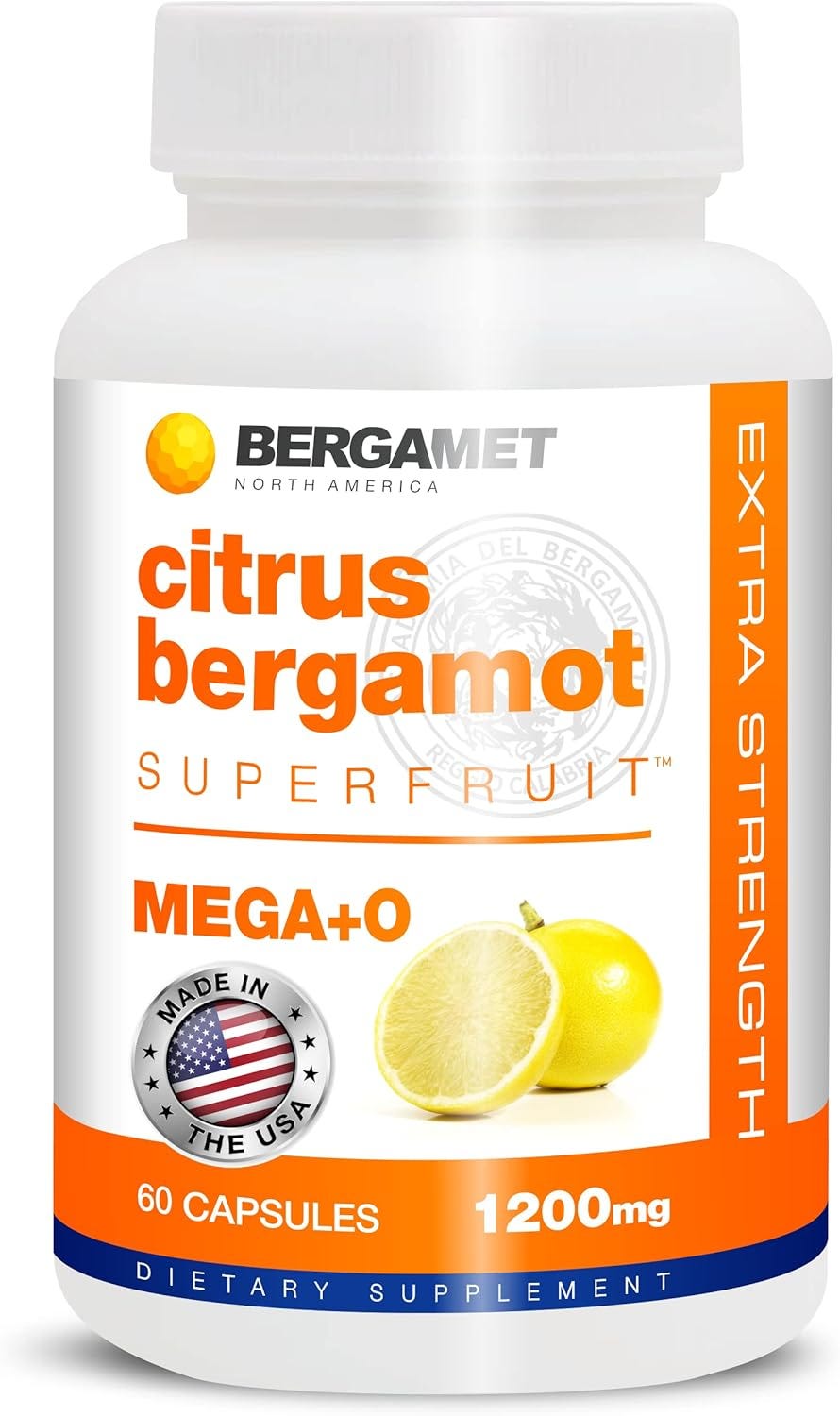
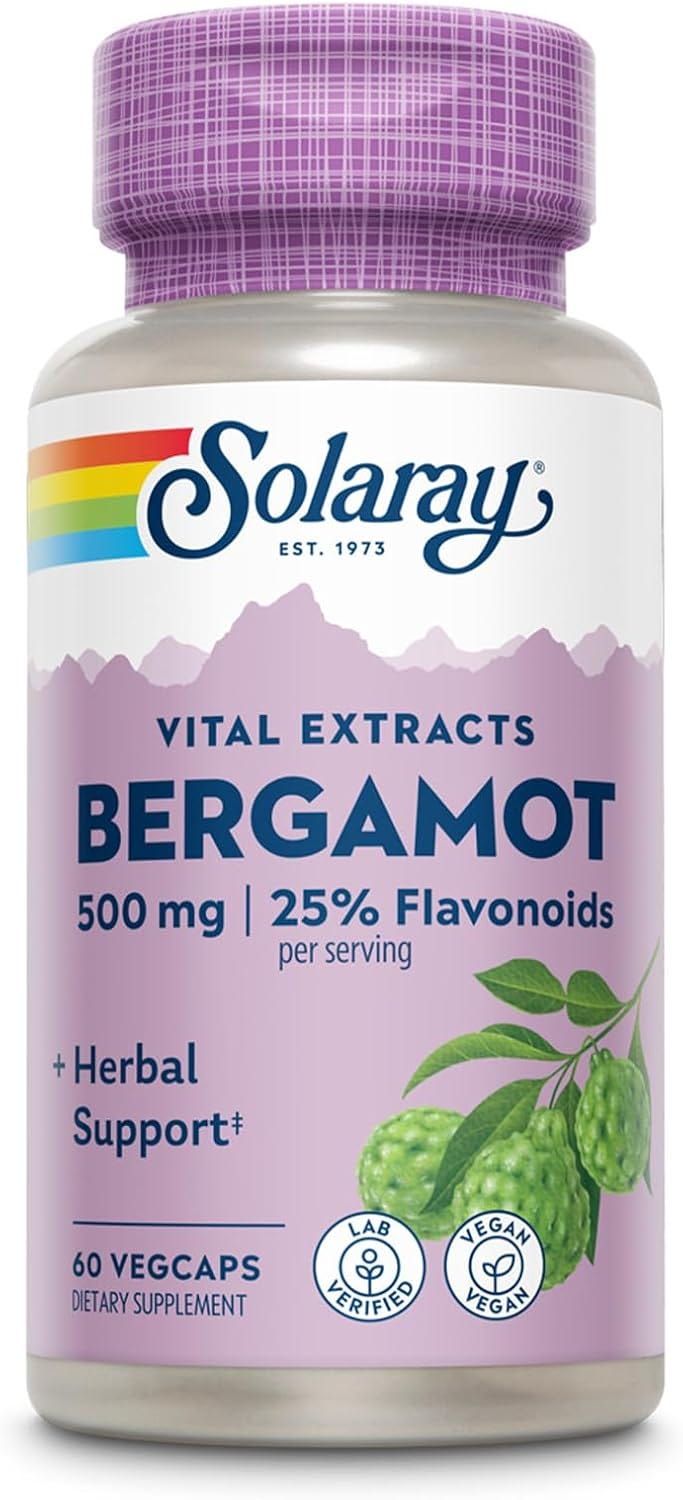

Picked up the BergaMet North America Citrus Bergamot Mega + O. Looking over their website I didn’t see any 3rd party testing or certifications. Did you reach out to them directly?